How to Decide Between Direct Metal Printing Vs Metal Injection Molding?
Aug. 20, 2024
In the realm of manufacturing, choosing the right production process can significantly influence both quality and cost efficiency. Two popular technologies in the metal fabrication world are Direct Metal Printing (DMP) and Metal Injection Molding (MIM). Both methods have unique benefits, and understanding the key differences can help businesses make informed decisions. Here, we dive deep into these two approaches to help you decide which one suits your needs best.
Understanding the Processes
Before diving into comparisons, let’s briefly outline how each process works. Direct Metal Printing is a form of additive manufacturing, where metal powders are fused layer by layer to create objects. This technique allows for intricate designs and complex geometries that traditional methods may find challenging or impossible to achieve.
On the other hand, Metal Injection Molding combines the versatility of plastic injection molding with the strength of metal. Fine metal powders are mixed with a binder, molded into the desired shape, and then subjected to a debinding and sintering process to produce a solid metal part. This method is particularly favored for mass production due to its scalability and efficiency.
Key Considerations When Choosing
When faced with the decision between Direct Metal Printing and Metal Injection Molding, consider the following factors:
1. Volume of Production
If you require only a few prototypes or low-volume runs, DMP shines. It allows for rapid iteration and easy adjustments, making it ideal for development stages where design changes are frequent. However, if you're looking at large-scale production, MIM is generally more economical. After the initial setup costs, MIM processes can deliver consistent quality at a lower per-part cost due to high-volume production efficiency.
2. Design Complexity
One of the standout features of DMP is its ability to create complex geometries that would be tough, if not impossible, for traditional methods. For designs that incorporate intricate internal passages or unique shapes, DMP is an excellent choice. MIM, while capable of producing intricate shapes, has limitations on undercuts and certain complex features. Thus, the choice may depend on the intricacy of your part.
3. Material Properties
Each method offers different material properties. MIM parts can achieve a density of over 95%, leading to excellent mechanical properties. Conversely, DMP can provide customized material properties due to its ability to mix different metal alloys during the printing process. This flexibility is particularly enticing for industries requiring materials that meet specific performance criteria.
Further reading:10 Questions You Should Know about Starting a Refined Oil Plant
How Does Adaptable Fabric Printing Benefit Businesses?
How to Choose the Right Maize Processing Machine?
Revolutionize Printing with Cutting-Edge Rotary Press
How to Start a Calcium Silicate Board Manufacturing Business
How to Choose a Vegetable Screw Press Machine Exporter?
What is the Baguette Line and How It Works?
4. Surface Finish
In terms of surface finish, MIM typically provides a smoother surface compared to DMP. Post-processing steps like debinding and sintering play a crucial role in refining the surface quality of MIM parts. If your application requires a fine surface finish without extensive post-processing, MIM may be the way to go. However, DMP can also achieve a decent surface finish, which may be sufficient depending on the part's intended use.
5. Lead Time and Flexibility
When it comes to lead times, DMP often allows for faster turnaround. Since DMP is an additive process, it doesn’t require extensive tooling, enabling quicker production cycles. On the other hand, MIM requires mold fabrication, which can extend lead times, especially during initial setups. However, once the molds are created, the actual production time for each part is usually faster in MIM.
6. Cost Implications
Cost is always a primary concern in manufacturing decisions. DMP can have higher material costs since metal powders are often pricier and require specialized equipment. Moreover, while the initial investment in MIM may be higher due to tooling, the per-part cost drops significantly with higher volumes. Thus, if you anticipate producing thousands of parts over time, MIM might be less expensive in the long run.
Application Suitability
Ultimately, the choice between DMP and MIM may also depend on the application's specific needs. Industries such as aerospace and healthcare often lean toward DMP for customized pieces with complex geometries, while larger manufacturing sectors such as automotive and consumer goods may gravitate toward MIM for high-volume, cost-effective production.
Conclusion
Choosing between Direct Metal Printing and Metal Injection Molding depends largely on your production needs, budget, and design complexity. By carefully evaluating the strengths and limitations of each method against your project’s requirements, you can make a well-informed decision that aligns with your manufacturing goals. Ultimately, the right choice will not only enhance the efficiency of your production line but also the quality of your final products.
If you are looking for more details, kindly visit Cold Isostatic Pressing Vs Hot Isostatic Pressing, Direct Current Sintering, China Vacuum Melting Sintering Furnace Factory.
Further reading:Gasket Plate Heat Exchanger vs. Traditional Heat Exchangers: Which Wins?
What’s Essential for Lifepo4 Battery Pack Assembly for India?
Animal Feed Cleaning Machine: Manual vs. Automatic Solutions Explained
Top Animal Feed Crusher Machine For Sale in 2024
Essential Homebrew Equipment for Beginners: Top Picks & Deals!
How to choose the best rotary press for my needs?
Effective Temperature Control for Hot Oil Boilers
232
0
0
All Comments (0)
Previous: The Advantages of Understanding Composite Boiler Operation Mechanism
Next: None
Related Articles
If you are interested in sending in a Guest Blogger Submission,welcome to write for us!
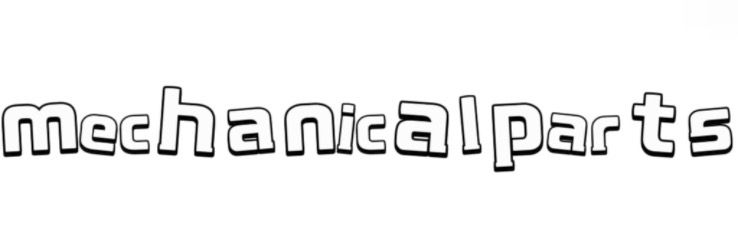
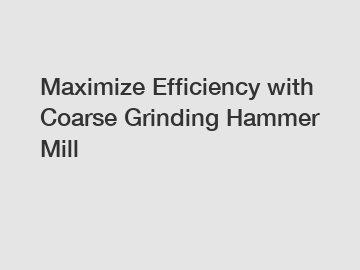
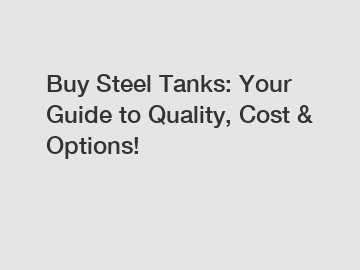
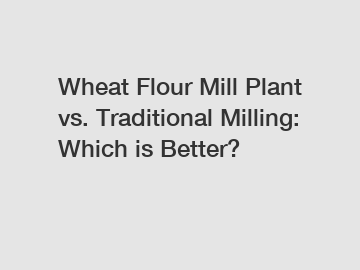
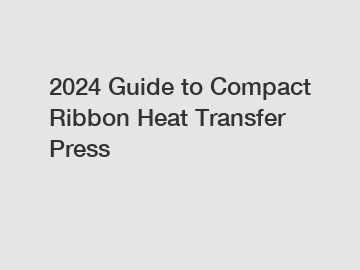
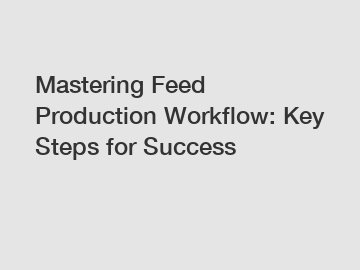
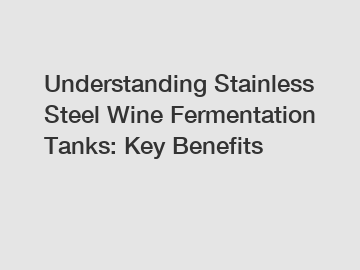

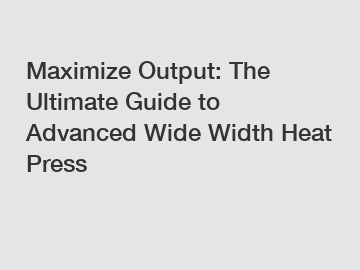

Comments